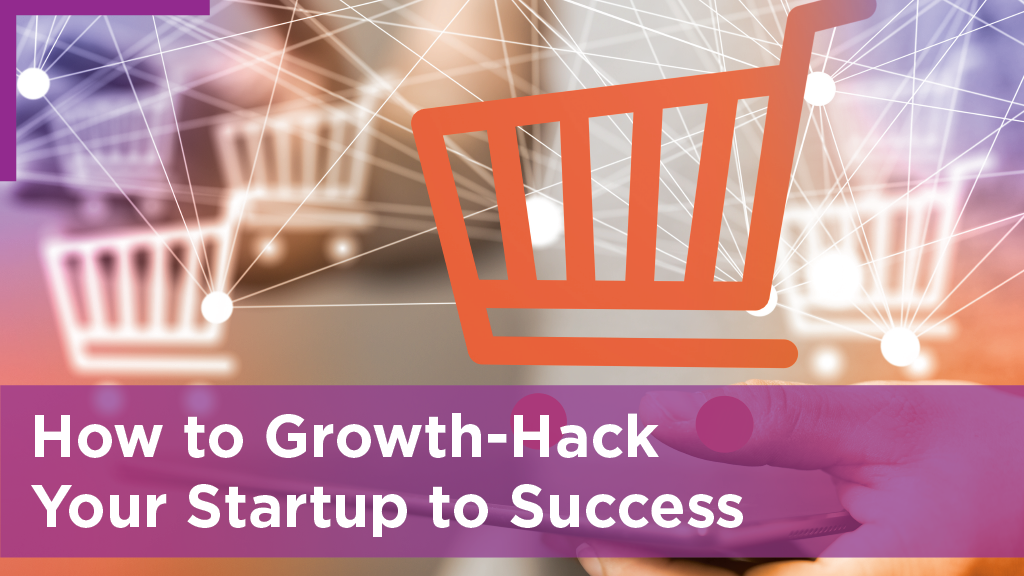
How to growth-hack your startup to success. The most crucial area of marketing for start-ups is probably growth-hacking. It provides a marketing framework that may generate a high return on investment with few resources. This is essential for early-stage start-ups due to their limited access to resources.
The core foundation of growth-hacking is virality. As such, if you want to get good results, you must count on those who hear your message to share it with others. While a variety of growth-hacking strategies can assist you in becoming viral, the fundamental ideas are what matter. Below you will find key ideas on how to growth-hack your startup to success.
1. Promotion and development go hand in hand
The typical corporate structure and the division of labour in most traditional organizations create a clear divide between tasks like product development, marketing, and design. However, as a result of this, small start-ups can suffer. One of the leading causes of startup failure is premature scaling. A great example of this would be pouring part of your limited resources into a product before product-market fit.
Growth-hacking can help with this since it doesn’t view startup marketing as something that exists in isolation. Instead, it views the creation and popularization of a product as a whole and it makes use of contemporary digital resources to accomplish this.
Being flexible is one of the advantages of startups over a large company. When a product’s level of complexity is still low, tweaks are simple to make.
So, if the item you produced is difficult to sell, the solution from a growth-hacking standpoint isn’t always to “sell ” it harder or in a different way. Instead, it may be beneficial to return to product development mode and ensure that what you are selling addresses a real need for a real set of people. When you achieve product-market fit, marketing your product to these customers should come naturally and without effort.
A repeating cycle of creating, selling, getting feedback, reiterating, and reselling leads to a better product and greater growth.
2. Create something worthwhile to spread
Even if a product is excellent, this does not necessarily mean that consumers will be eager to spend their social capital promoting it.
You typically need to provide people with a bigger incentive to do this in order to get the desired result.
One of the best examples is Dropbox’s referral program, which rewards customers with more storage space for introducing friends. Dropbox increased by 3900% with the aid of this program.
Moreover, there are various approaches that can help you get the same result. For instance, if you’re conducting a closed beta, giving users a limited number of invites to share with their friends can boost the perceived value of each invite and generate a sense of scarcity.
The consumer’s motivation for spreading your content should be built into the product, regardless of the strategy chosen (or piece of content). If your K-factor is greater than 1 (i.e., the average consumer recommends your product to more than one additional person), your growth rates will start to compound very quickly.
3. Put conversion and retention first
Finally, your product must encourage, but also capture and profit from ever-increasing popularity if you want to achieve virality.
A skilled growth-hacker is not deceived by meaningless statistics like website visits and share counts. These things are wonderful, yet they are only surface-level. The attention you can attract is ultimately important, but only if it results in actual business growth.
In conclusion, a startup founder must have a growth-hacking mindset because it is crucial for both product development and marketing.
Focus on bringing in and measurably keeping clients rather than developing your brand. Use a scientific approach with exact tools and quantifiable outcomes. Continuously improve your product, reach your target audience, and incentivize your consumers to stay and spread the word.
 Email This Post
Email This Post


